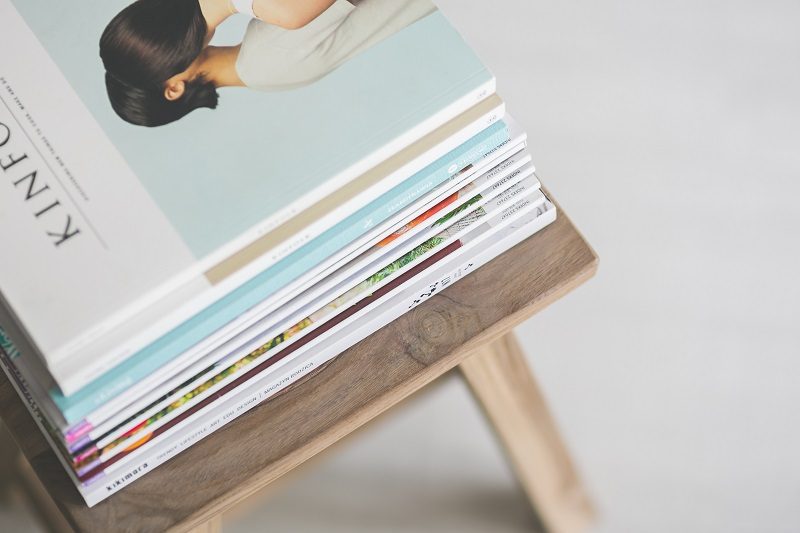Why luxury brands embrace print
Why luxury brands embrace print

Main article content
Print is playing an increasingly important role for many brands – especially luxury brands. For any company that deals in high-end products (including luxury real estate) print has become an essential component of the marketing mix.
Magazines trigger luxury purchases
The New Language of Luxury report by Hearst Magazines UK investigates the behaviour of 25-65-year-olds who purchased a luxury item in the last 12 months. One of the more surprising findings is that around 40% of luxury goods purchases made by apparently digital-obsessed millennials are triggered by print magazines.
Australian data shows similar trends – according to Roy Morgan research, heavy magazine readers are 60% more likely to have purchased a premium clothing brand in the past month, and 83% more likely to have purchased a high end cosmetics brand during the previous six months. Magazine readers are also more likely to be impulse shoppers.
Prestige magazines reach wealthy audiences
Marketers are seizing on the link between print and luxury and working it into their marketing campaigns. The recently launched The Freeman Journal is a quarterly publication targeted at the affluent travellers – the initial print run was just 5,000 copies, and the magazine was mailed out to an invitation-only subscriber list.
The content of The Freeman Journal is geared specifically toward a discerning, time-poor audience and focuses on exotic destinations and bespoke consumer goods – think luxury resorts, international holiday homes, designer fashion, and private planes and boats. Founder Jack Freeman describes it as a “club-like readership experience.”
Online shopping mecca Net-a-Porter raised eyebrows when it launched its own magazine, Porter, in 2014. The cover price is slightly more expensive than other magazines on the newsstand. Porter is aimed at women living in households with an annual income of over $US260,000, who take around 11 trips and spend more than $US30,000 on fashion every year. The magazine offers luxury brands with a ‘safe haven’ to advertise by rejecting advertising from high-street retailers and mass market cosmetics companies.
Iconic fashion designer Karl Lagerfeld even briefly produced The Karl Daily, a high-end newspaper with a humorous bent. The first ever headline was ‘Haute off the press’ and Lagerfeld’s cat, Choupette, had a regular column.
Why print works
“There’s a natural fit between print and luxury: The quality and craftsmanship that goes into a magazine is much like the quality and craftsmanship that goes into a refined product.”
Luxury brands depend on creating a perception of exclusivity. Mass marketing on TV, radio or Facebook diminishes the sense that a product is available only to the elite few.
Targeted print campaigns that are designed and printed with thought and creative flair reflect the quality of a high end product in the mind of the consumer. Tactile and memorable pieces of print marketing make an impression and connect with those most likely to shop for luxury goods in a way that other marketing channels struggle to replicate.
Print is certainly an invaluable component of marketing campaigns for high-end properties (check out this case study from one of our clients), where unique, one-of-a-kind brochures with standout finishes are used to capture the attention of buyers who only want the best.
How do you incorporate print into the marketing campaigns of your high-end listings?


